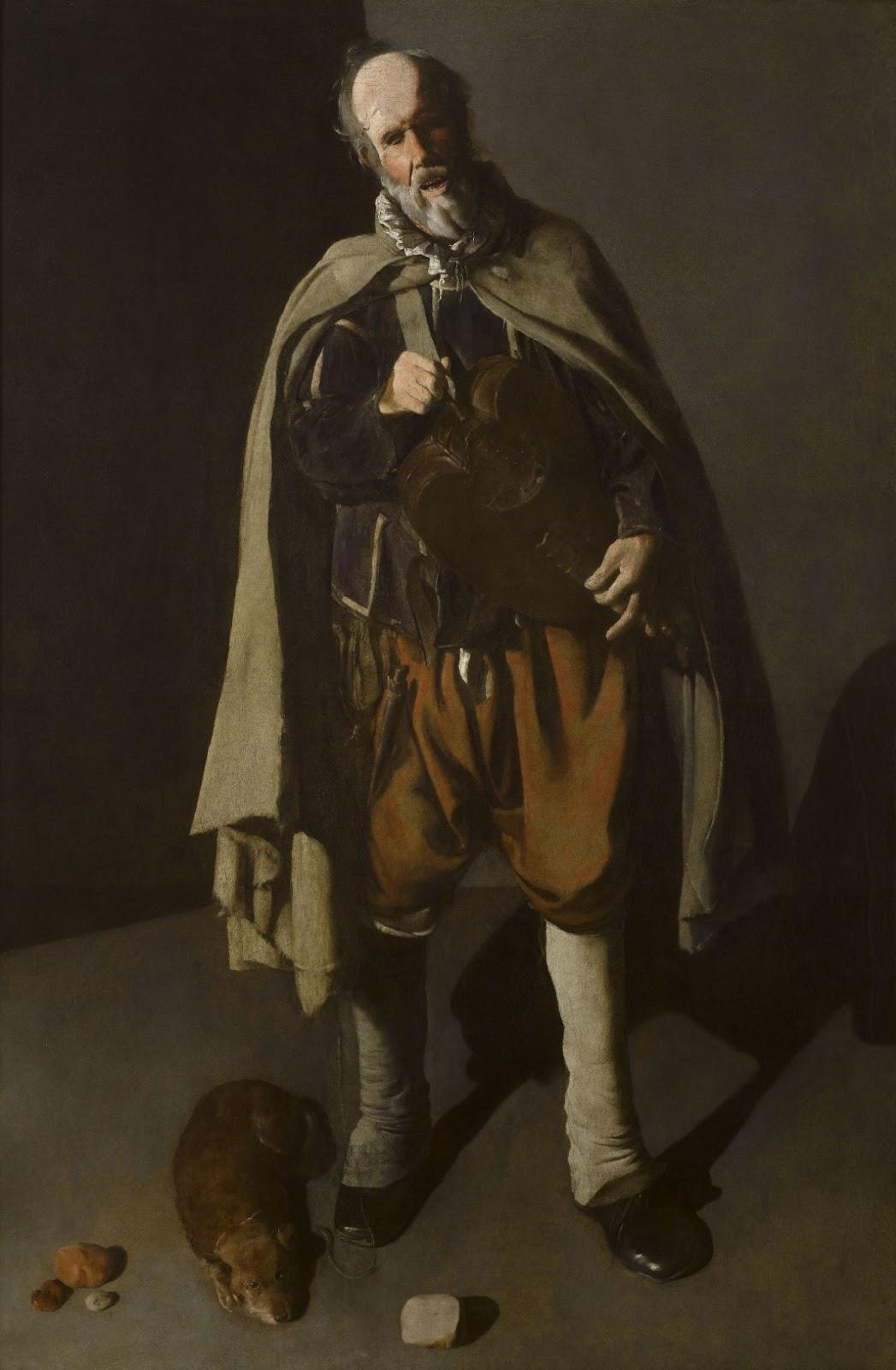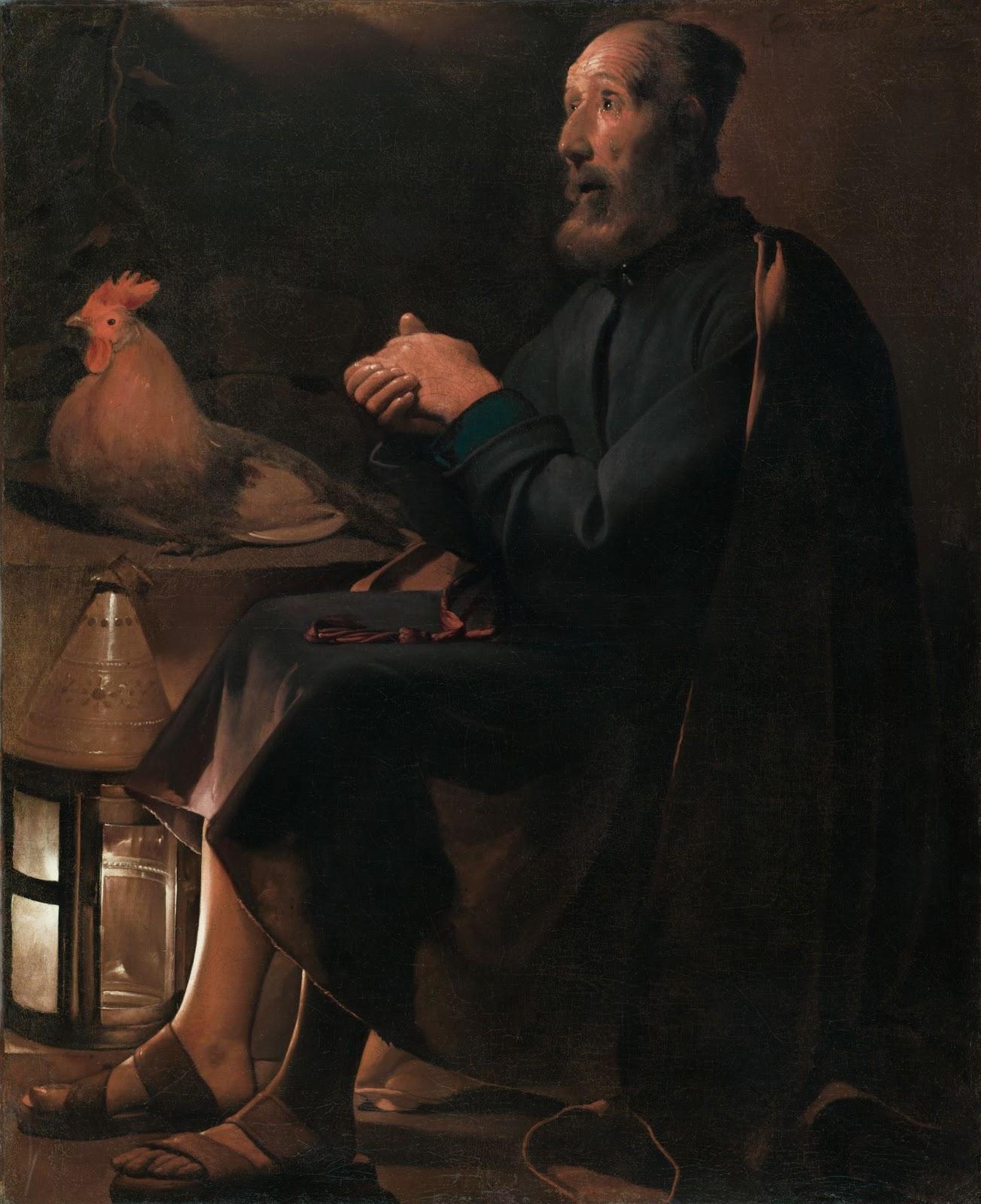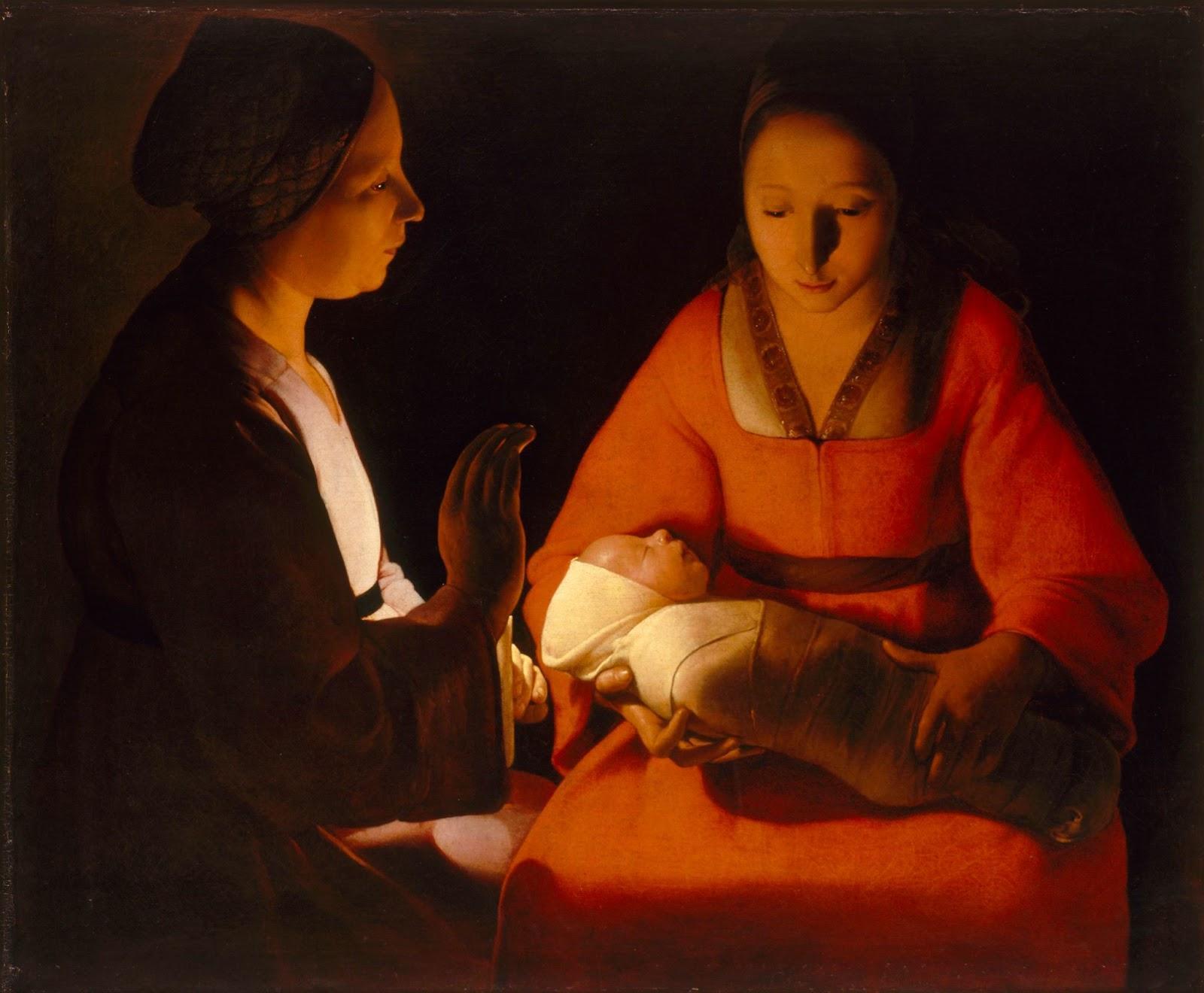

The Jacquemart-André Museum is dedicating an exceptional exhibition to Georges de La Tour (1593-1652), the master of chiaroscuro who fell into obscurity before being rediscovered in the 20th century. To accompany your immersion in this fascinating pictorial universe, we offer a musical selection that resonates with the atmosphere of his most striking paintings: between shadows and light, between silence and graceful melodies.
We begin by exploring La Tour’s most emblematic paintings, an artist rooted in Lorraine, yet receptive to the influence of Caravaggio. This section, in which Job Mocked by his Wife is a standout work, draws you into a world where the everyday becomes sacred, and simplicity invites contemplation. Alberto Da Ripa’s Fantasia II for lute (track 1) transports you to the heart of the musical world of the painter’s time.

The exhibition continues with depictions of daytime scenes from the lives of the most marginalised: itinerant musicians, the elderly, as well as beggars. La Tour portrays these figures of the common people with neither sentimentality nor pity. As in The Hurdy-Gurdy Player with a Dog, gestures seem to slow down to stillness, and the sitters’ gazes suggest an introspection that extends beyond the frame. The chiaroscuro technique reveals the dignity of these humble figures, transfigured by art, and finds a musical echo in Louis Constantin’s Vallets de la Faiste (track 6).

The net gradually tightens around religious subjects, particularly saints. A striking encounter between two versions of Saint Jerome at Prayer stands out in the third section of this pictorial journey. Here, the very essence of the painter’s art is revealed: he portrays solitary souls, absorbed in prayer or meditation, lit by a hidden or obscured source of light. This movement inward finds an echo in Étienne Moulinié’s Ô doux Sommeil que tes songes aimables (‘O gentle Sleep, how kind your dreams’) (track 9), whose rhythm mirrors the gentle stillness of suspended gestures.
The exhibition then turns to the themes of repentance and renunciation, which are central to Christian iconography. The Tears of St. Peter is one of the key works in this section. It depicts a broken man, suspended in a moment where doubt, sorrow, and hope are intimately entwined. The atmosphere becomes more dramatic and more poignant, yet retains a striking simplicity. Antoine Boësset’s Je perds le repos et les sens (‘I Lose My Peace and My Senses’) (track 15) perfectly conveys the sombre tone that permeates these works.

From busts of the apostles to prints by Jacques Bellange, and including masterpieces such as The Newborn, the fourth section represents the height of La Tour’s art. Light becomes the very heart of the painter’s vision. It suffuses every canvas, drawing in the viewer, who is invited to observe and contemplate each detail and, ultimately, to reflect anew on the meaning of what they see.

The journey concludes with La Tour’s late works, in which he pushes his art to its limits, achieving an extreme stylisation of light and clarity. In these paintings, lighting effects take precedence over narrative. The beauty of François de Chancy’s Rares fleurs vivante peinture (‘Rare Flowers, Living Painting’) (track 18) brings a final touch of poetry and grace to the exhibition, echoing the luminous delicacy of Smoker.

The exhibition at the Jacquemart-André Museum offers a rare immersion into the singular world of Georges de La Tour. Over the course of a six-part journey, visitors encounter a silent form of painting that elevates the everyday to the realm of the sacred. By the end of this passage through shadow and light, what remains is a profound sense of calm: an invitation to introspection and contemplation.
Image 1: Job Mocked by his Wife, Georges de La Tour, circa 1650 © Musée départemental d’art ancienet contemporain, Épinal, Photo: Claude Philippot
Image 2: The Newborn, Georges de La Tour, circa 1645 © Rennes, Musée des Beaux-Arts
Image 3: Smoker, Georges de La Tour, 1646 © Tokyo Fuji Art Museum Image, Archives/DNPartcom
Image 4: The Hurdy-Gurdy Player with a Dog, Georges de La Tour, circa 1622 © Philip Bernard - musée duMont-de-Piété, Bergues
Image 5: The Tears of St. Peter, also called Repentant St. Peter, Georges de La Tour, 1645 © Courtesy of The Cleveland Museum of Art
Image de couverture: Smoker, Georges de La Tour, 1646 © Tokyo Fuji Art Museum Image, Archives/DNPartcom